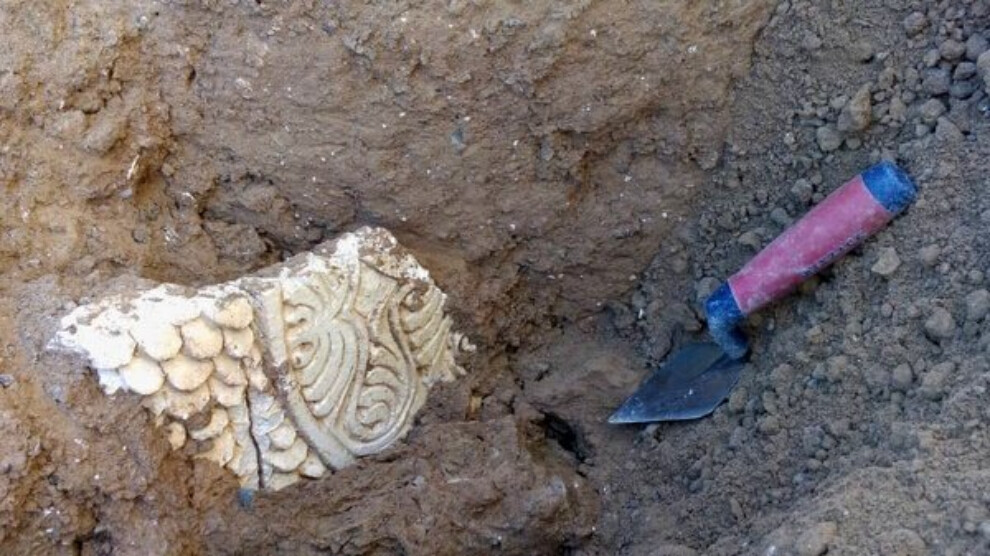Sassanid era Zoroastrian temple discovered in Iran
The third largest Zoroastrian temple from the Sassanid era has been discovered during the ongoing archaeological excavations in the village of Bazeh Hur in north-eastern Iran.
The third largest Zoroastrian temple from the Sassanid era has been discovered during the ongoing archaeological excavations in the village of Bazeh Hur in north-eastern Iran.

The third largest Zoroastrian temple from the Sassanid era has been revealed during the ongoing archaeological excavations led by archaeologist Meysam Labbaf-Khaniki in a valley near the village of Bazeh Hur in north-eastern Iran.
“We discovered the third largest fire temple that was probably built in ancient Iran. During this archaeological season, we have collected remarkable evidence that includes engraved plasterwork and inscriptions suggesting the existence of an important fire temple,” archaeologist Meysam Labbaf-Khaniki said, according to ILNA.
Fire is sacred in Zoroastrianism. It is considered the "soul" of Ahura Mazda. The desire to turn into fire and light is the ultimate goal of a free spirit articulated by Egyptian, Greek and Aztec mythologies, including the Mithra cult, Hermes, Zoroaster and Socrates.